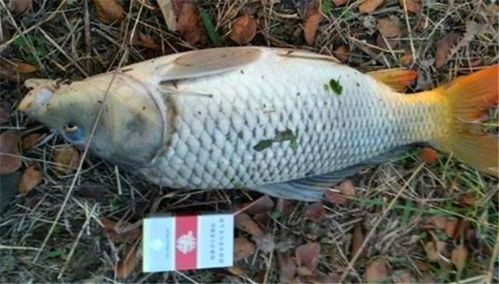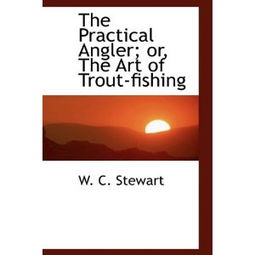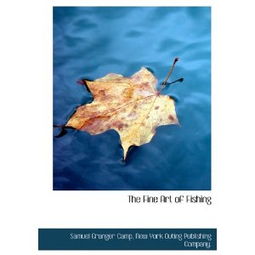Introduction: Fishing is an ancient and popular hobby that has been enjoyed by people of all ages for centuries. Whether you are a beginner or an experienced angler, it is important to have a solid understanding of fishing techniques and methods to increase your chances of catching fish. In this article, we will explore various fishing techniques and methods to help you become a more successful angler.

Choosing the Right Equipment: Before you start fishing, it is essential to have the right equipment. Here are some key pieces of equipment to consider:
- Fishing rod and reel: The choice of rod and reel depends on the type of fish you are targeting and the environment you are fishing in.
- Fishing line: The type of line you use will depend on the size of the fish and the water conditions.
- Hooks: Choose hooks that are appropriate for the size and type of fish you are targeting.
- Lures and bait: The choice of lure or bait depends on the fish species and their feeding habits.
Selecting the Right Location: To increase your chances of catching fish, it is important to choose the right location. Here are some tips for selecting the perfect fishing spot:
- Research the area: Learn about the local fish species and their preferred habitats.
- Look for fish: Observe the water for signs of fish activity, such as surface disturbance, bubbles, or feeding frenzies.
- Choose the right time: Fish are more active during certain times of the day, such as early morning or dusk.
Fishing Techniques: There are various fishing techniques that you can use to catch fish. Here are some popular methods:
- Casting: Learn the proper casting technique to ensure your lure or bait lands in the desired location.
- Still fishing: Attach your lure or bait to the line and let it sit still in the water, waiting for a fish to bite.
- Trolling: Drag your lure or bait through the water at a steady speed to attract fish.
- Fly fishing: This technique involves casting a fly rod with a weighted fly line to mimic natural insects or prey.
Lure and Bait Selection: The choice of lure or bait depends on the fish species and their feeding habits. Here are some general guidelines:
- Lures: Lures are artificial imitations of fish, insects, or other prey. Choose lures that mimic the natural behavior and appearance of the fish you are targeting.
- Bait: Live bait, such as worms, minnows, or leeches, can be very effective for catching fish. Dead bait, such as fish cut into pieces, can also be used.
- Smell and taste: Some fish are attracted to certain scents and tastes. Using attractants or adding scent to your bait can increase your chances of catching fish.
Proper Presentation: Once you have chosen the right lure or bait, it is important to present it in a way that attracts fish. Here are some tips:
- Present the bait at the right depth: Some fish are found in shallow water, while others prefer deeper waters.
- Adjust your technique: Fish may react differently to various techniques, so it is important to experiment and find what works best for the specific species.
- Be patient: Fish may take time to bite, so be patient and give the bait enough time to work.
Catching and Handling Fish: When you catch a fish, it is important to handle it properly to ensure its survival. Here are some tips:
- Use a landing net: A landing net will help you safely and gently land the fish.
- Be gentle: Avoid squeezing or handling the fish roughly, as this can cause stress and injury.
- Release or keep: If you plan to release the fish, do so quickly and carefully. If you decide to keep the fish, follow local regulations regarding size and bag limits.
Conclusion: Mastering the art of fishing requires practice, patience, and a good understanding of various techniques and methods. By choosing the right equipment, selecting the right location, using the proper fishing techniques, and handling fish responsibly, you can increase your chances of catching fish and enjoying a successful fishing trip. Happy fishing!












